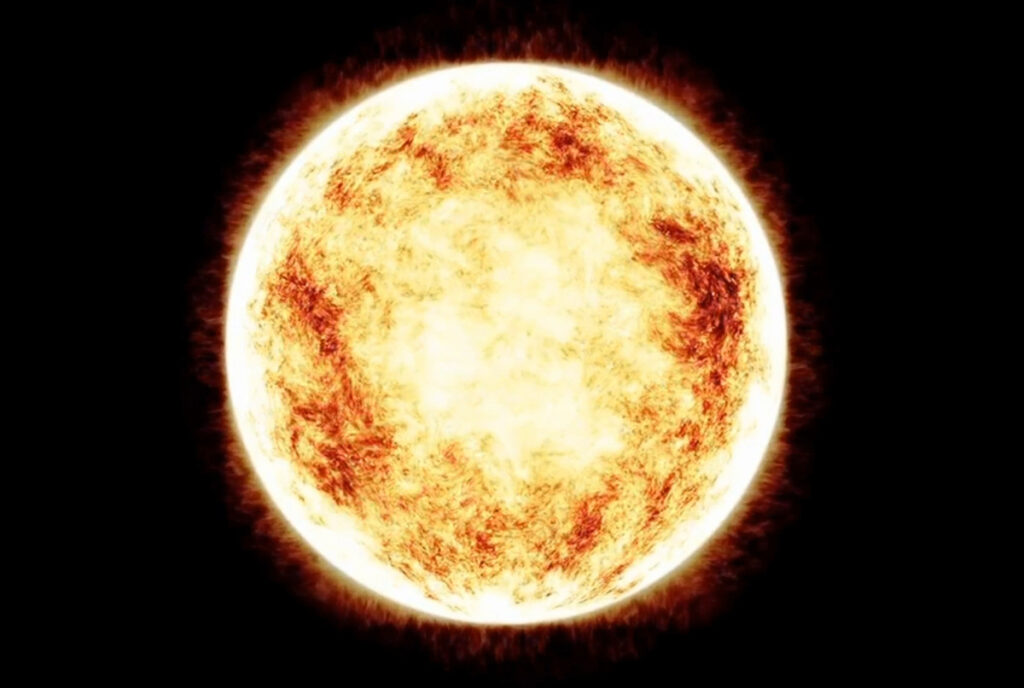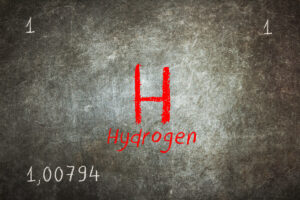As a result of accidents associated with nuclear power plants (e.g., Three Mile Island accident (1979), Chernobyl disaster (1986), and Fukushima (2011)), the future of nuclear power looked bleak. By 1990, Italy had closed all of its nuclear power plants and Germany closed its final three nuclear powerplants in 2023. Other countries have also taken steps to reduce or phase out their nuclear power programs, including Austria, which never used a new, completely built nuclear powerplant; Switzerland, which voted in 2017 to phase out nuclear power; Spain, which plans to phase out nuclear power; and Belgium, which plans to phase out its nuclear powerplants by 2035. Some countries have reconsidered the wisdom of closing nuclear powerplants. For example, Armenia shut down its only nuclear powerplant but subsequently restarted it. Kazakhstan shut down its only nuclear plant in 1999, but plans to reintroduce it by 2035. And, Lithuania shut down its only nuclear plant in 2009, but plans to build new ones to replace it.
Some the renewed interest in nuclear powerplants can be attributed to the enormous amounts of power required to run data centers and tech giants desire to reduce their carbon footprint. Journalist Matt Reynolds explains, “The AI boom has left technology companies scrambling for low-carbon sources of energy to power their data centers. The International Energy Agency estimates that electricity demand from AI, data centers, and crypto could more than double by 2026. Even its lowball estimates say that the added demand will be equivalent to all the electricity used in Sweden or — in the high-usage case — Germany.”[1]
Big Tech Jumps on the Nuclear Bandwagon
Reynolds reports, “Nuclear power is attractive to tech companies because it provides low-carbon electricity round-the-clock, unlike solar and wind, which run intermittently unless coupled with a form of energy storage.” The first tech giant to announce its support of nuclear-generated power was Microsoft. In late September, journalist Jennifer Hiller reported, “A deal between Constellation Energy and Microsoft will restart Pennsylvania’s Three Mile Island, the site of the country’s worst nuclear power accident, to help power the tech giant’s growing artificial intelligence ambitions.”[2] She further explained, “Under the agreement, Constellation would revive the plant’s undamaged reactor, which was too costly to run and closed in 2019, and sell the power to Microsoft. The plan signals the gargantuan amount of power needed for data centers for AI, along with the tech industry’s thirst for a carbon-free, round-the-clock electricity source needed to meet climate goals. Constellation expects to spend around $1.6 billion to restart the reactor by early 2028. Microsoft has signed a 20-year power-purchase agreement with Constellation.”
In mid-October, Hiller announced Google had jumped on the nuclear-power bandwagon. She reported, “Google will back the construction of seven small nuclear-power reactors in the U.S., a first-of-its-kind deal that aims to help feed the tech company’s growing appetite for electricity to power AI and jump-start a U.S. nuclear revival. Under the deal’s terms, Google committed to buying power generated by seven reactors to be built by nuclear-energy startup Kairos Power. The agreement targets adding 500 megawatts of nuclear power starting at the end of the decade. … The arrangement is the first that would underpin the commercial construction in the U.S. of small modular nuclear reactors. Many say the technology is the future of the domestic nuclear-power industry, potentially enabling faster and less costly construction by building smaller reactors instead of behemoth bespoke plants.”[3]
Shortly after Google’s announcement, Amazon followed suit. Journalist Britney Nguyen reported, “Amazon is joining its artificial intelligence competitors in the race for nuclear energy. The tech giant has signed three agreements ‘to support the development of nuclear energy projects.’ … The agreements include building ‘several’ small modular reactors (SMRs). These ‘advanced’ nuclear reactors have ‘a smaller physical footprint, allowing them to be built closer to the grid,’ Amazon said. And compared with traditional reactors, SMRs can be put online faster because construction takes less time.”[4] She adds, “Amazon’s agreement with Washington-based Energy Northwest will produce four advanced SMRs that will be built, owned, and operated by the utilities consortium. The tech giant is also investing in SMR reactors and fuel developer X-energy, it said. X-energy’s design for advanced nuclear reactors will be used for Amazon’s project with Energy Northwest.”
What about Fusion?
All of the nuclear powerplants currently providing or projected to supply power are traditional fission plants. Brian Potter, a Senior Fellow at the Institute for Progress, notes, “There’s another nuclear reaction that’s potentially even more promising as an energy source: nuclear fusion. Unlike fission, fusion releases energy by combining atoms together. Fusion is what powers the sun and other stars.”[5] He adds, “It’s not hard to understand the appeal of using nuclear fusion as a source of energy. Unlike coal or gas, which rely on exhaustible sources of fuel extracted from the earth, fusion fuel is effectively limitless. A fusion reactor could theoretically be powered entirely by deuterium (an isotope of hydrogen with an extra neutron), and there’s enough deuterium in seawater to power the entire world at current rates of consumption for 26 billion years.” Here’s the kicker. “Despite decades of research, fusion power today remains out of reach. In the 1970s, physicists began to describe fusion as ‘a very reliable science … a reactor was always just 20 years away.’ While significant progress has been made — modern fusion reactors burn far hotter, for far longer, and produce much more power than early attempts — a net power producing reactor has still not been built, much less one that can produce power economically.”
Nevertheless, Potter remains both optimistic and skeptical. He writes, “There’s a good chance a working fusion reactor is near. Dozens of private companies are using decades of government-funded fusion research in their attempts to build practical fusion reactors, and it’s likely that at least one of them will be successful. If one is, the challenge for fusion will be whether it can compete on cost with other sources of low-carbon electricity. … Even if we could produce a power-producing reactor, fusion will never be anywhere near as cheap as simpler technology like the combined-cycle gas turbine, much less future technologies like next-generation solar panels or advanced geothermal. By the time a reactor is ready, if it ever is, no one will even want it.” If there is a fusion breakthrough in the near future, it may happen in China. Hiller reports, “A high-tech race is under way between the U.S. and China as both countries chase an elusive energy source: fusion. China is outspending the U.S., completing a massive fusion technology campus and launching a national fusion consortium that includes some of its largest industrial companies. … The Asian superpower has 10 times as many PhDs in fusion science and engineering as the U.S.”[6]
Concluding Thoughts
Reynolds writes, “This surge in energy demand is music to the ears of the nuclear power industry. Electricity demand in the US has been fairly flat for decades, but the sheer scale and intensity of the AI boom is changing that dynamic. One December 2023 report from a power industry consultancy declared the era of flat power demand over, thanks to growing demand from data centers and industrial facilities. The report forecasts that peak electricity demand in the US will grow by 38 gigawatts by 2028, roughly equivalent to 46 times the output of reactor one at Three Mile Island.” New, smaller fission plants are likely to be the source of much of this energy. Potter, however, is not counting out other energy breakthroughs. He explains, “The next generation of low-carbon electricity generation will inevitably make use of technology that doesn’t yet exist, be that even cheaper, more efficient solar panels, better batteries, improved fission reactors, or advanced geothermal. All of these technologies are somewhat speculative, and may not pan out — solar and battery prices may plateau, advanced geothermal may prove unworkable, etc. In the face of this risk, fusion is a reasonable bet to add to the mix.”
Footnotes
[1] Matt Reynolds, “The AI Boom Is Raising Hopes of a Nuclear Comeback,” Wired, 24 September 2024.
[2] Jennifer Hiller, “Three Mile Island’s Nuclear Plant to Reopen, Help Power Microsoft’s AI Centers,” The Wall Street Journal, 20 September 2024.
[3] Jennifer Hiller, “Google Backs New Nuclear Plants to Power AI,” The Wall Street Journal, 14 October 2024.
[4] Britney Nguyen, “Amazon is joining Google and Microsoft in going big on nuclear power,” Quartz, 16 October 2024.
[5] Brian Potter, “Will We Ever Get Fusion Power?” Construction Physics, 26 June 2024.
[6] Jennifer Hiller, “China Outspends the U.S. on Fusion in the Race for Energy’s Holy Grail,” The Wall Street Journal, 8 July 2024.





